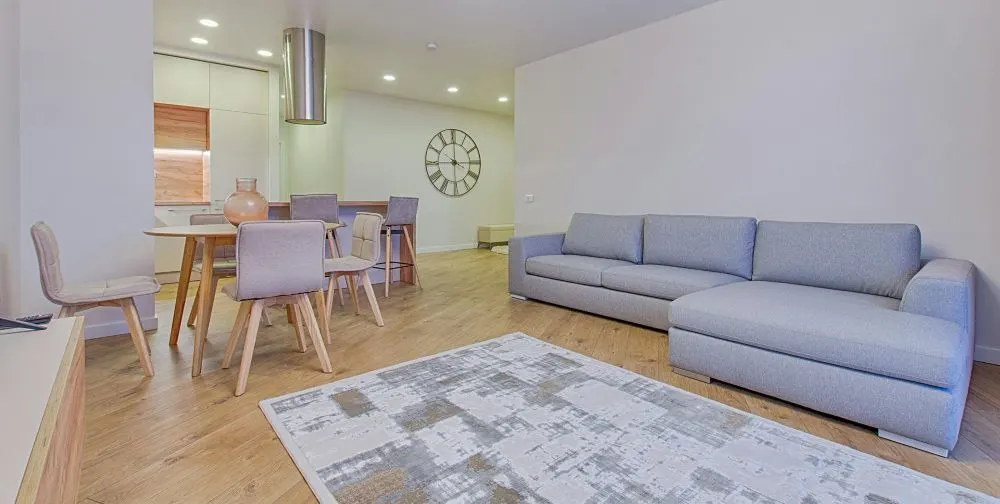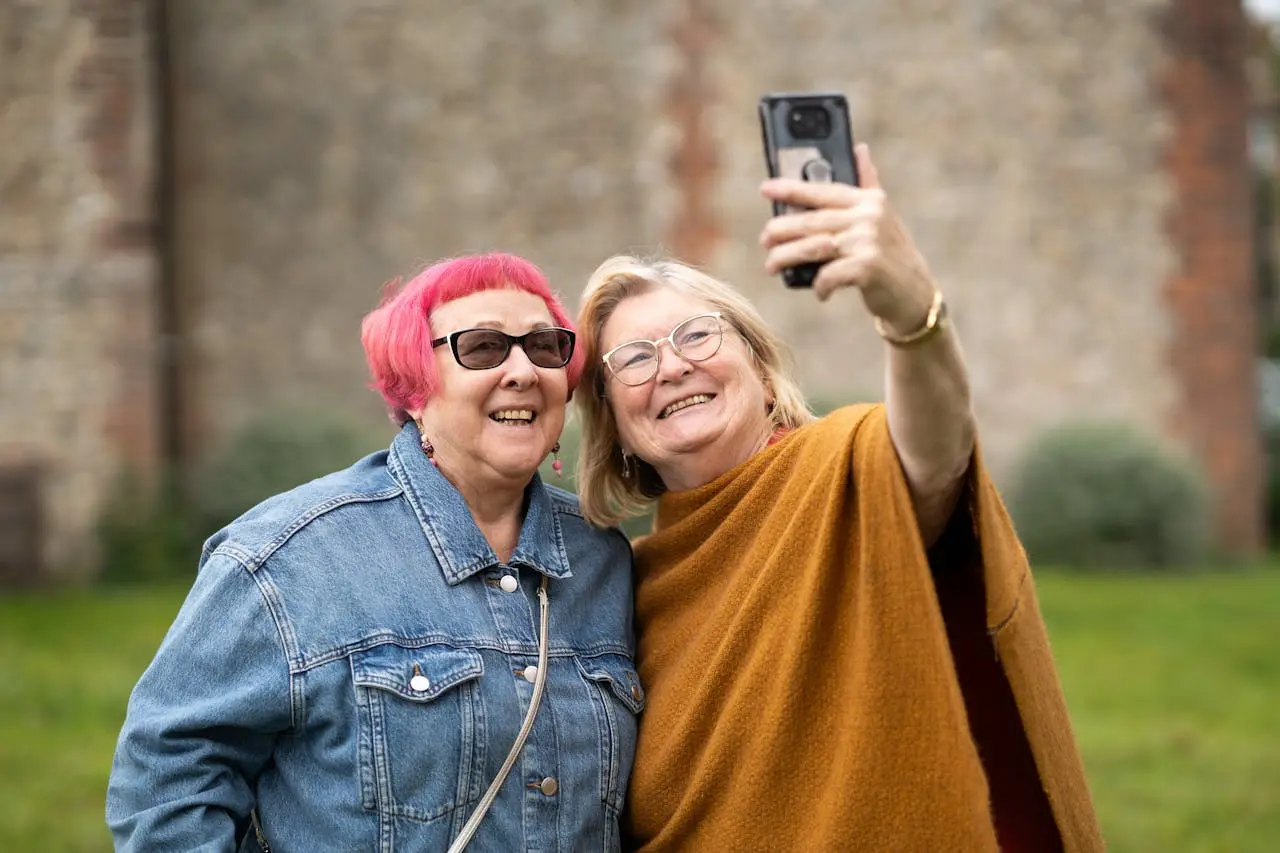Zest doesn’t depend on motivation. It depends on environment. You can’t feel alive in a space that constantly drains you — whether that’s your home, your calendar, or your thoughts. Designing for aliveness means creating surroundings that support your natural rhythm instead of fighting it.
Your environment is your quiet coach. It’s either reminding you to breathe or keeping you tense. The goal isn’t to make everything perfect; it’s to make it work with you.
Why Environment Matters
Every detail around you sends cues to your nervous system. Light, noise, clutter, screens, colour - they all shape how your body feels and how your mind responds. If your surroundings tell you to “hurry” or “perform,” your system stays in alert mode but if it tells you to “breathe” and “notice,” your system relaxes.
That’s why zest fades in environments full of pressure and returns in ones full of sensory life. You can’t control everything about your day, but you can design pockets of aliveness. Moments where energy can land.
“You can’t feel calm in chaos, and you can’t feel alive in emptiness. Design gives life somewhere to go.”
Start With Small Adjustments
1. Light
Open curtains early. Let natural light reach your eyes before a screen does. If mornings feel dull, add warm bulbs or candles. Small cues of brightness remind your body that the day has begun.
2. Sound
Notice what fills the background. Replace constant noise with intentional sound: a playlist, silence, or birdsong. Sound sets the emotional temperature of a room more than most people realise.
3. Colour
Colour affects energy. Warm tones (amber, coral, gold) invite vitality. Cool tones (blue, sage, cream) calm overstimulation.
Use both to balance stimulation with ease.
4. Order
Clutter isn’t just visual; it’s cognitive load. When your eyes rest on fewer things, your brain rests too.
Tidy one small area each day. Your desk, a drawer, a corner. Aliveness thrives in space.
5. Movement
Don’t trap yourself in stillness. Keep pathways clear so you can move easily. Stretch where you stand. Walk while thinking. Your environment should invite motion, not block it.
Designing Time, Not Just Space
Environment isn’t only physical. It’s also temporal or how you design your time.
-
Create breathing spaces between tasks.
Five minutes of nothing is not wasted; it’s integration. -
Protect sensory renewal.
Step outside, touch something natural, look far into distance daily. -
Batch energy, not tasks.
Group activities that use similar energy, and schedule recovery after intensity. -
Let something beautiful start and end your day.
A cup, a scent, a sound use them as anchors for morning and evening.
Designing time with intention keeps zest flowing instead of leaking through exhaustion.
Mindful Technology
Technology isn’t the enemy; overload is. When every quiet moment is filled by a screen, you lose contact with your senses.
Try:
-
Phone-free first 15 minutes. Let your body arrive before your inbox does.
-
One focused window. Keep only what’s relevant open.
-
Curate your feed. Follow what inspires movement, not comparison.
Digital design is part of life design. Energy goes where attention flows.
Create an “Alive Space”
Choose one corner in your home or workspace to turn into a spark zone. Add elements that remind you of vitality. Include light, plants, texture, colour, music. Keep it simple but intentional. This becomes your cue for reconnection when life feels flat.
“Design for aliveness isn’t aesthetic. It’s energetic.”
Reflection Prompts
-
Which spaces in my day make me feel most drained and why?
-
Where do I feel most awake or relaxed?
-
What small design change would support my energy today?
-
How does my environment reflect my current state of mind?
-
What one cue could remind me to pause and breathe?
Practical Challenge
Choose one of the following today:
-
Clear one small surface completely.
-
Add a sensory cue. Light a candle, play music or open a window.
-
Delete one digital distraction.
Notice how even the smallest change shifts how you feel. That’s design working, quietly but powerfully, to support your aliveness.
Reflection
Zest grows where life feels supported. When you arrange your surroundings with care, you send yourself a message:
“This space was made for living.”
“You don’t have to escape your life to feel alive - you can design it that way.”


